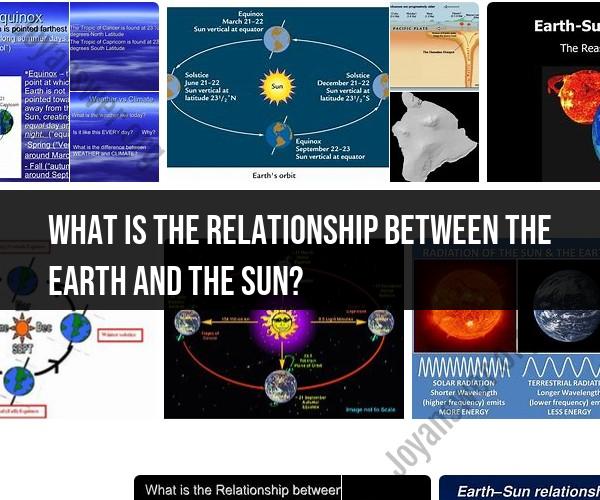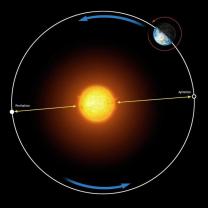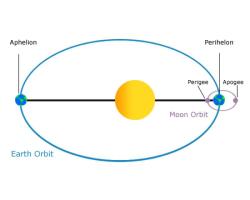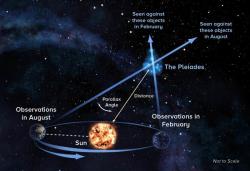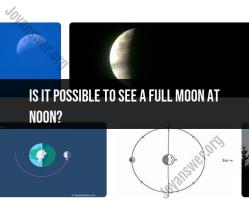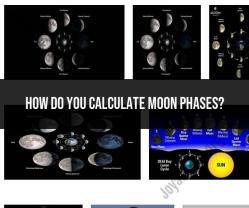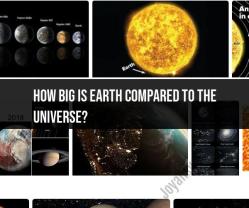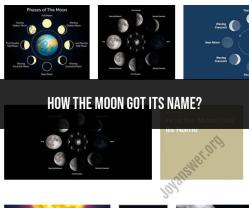What is the relationship between the Earth and the Sun?
The relationship between the Earth and the Sun is fundamental to our solar system and has a profound impact on Earth's existence and environment. Here's an overview of this crucial relationship:
Gravitational Attraction: The Sun's immense gravitational force keeps Earth and all other objects in our solar system in orbit around it. This gravitational pull is responsible for Earth's stable, elliptical orbit around the Sun. It also influences the paths of comets, asteroids, and other celestial bodies within the solar system.
Energy Source: The Sun is the primary source of energy for the Earth. Through a process called nuclear fusion, the Sun emits vast amounts of energy in the form of light and heat. This energy radiates outward and reaches Earth, providing the necessary heat and light for life to thrive on our planet. It's crucial for maintaining Earth's temperature, driving weather patterns, and supporting photosynthesis in plants.
Day and Night: Earth's rotation on its axis creates the cycle of day and night. As the planet rotates, different parts of it are exposed to the Sun's light, resulting in the alternating periods of daylight and darkness. This rotation influences daily life, sleep patterns, and the behavior of many organisms.
Seasons: The tilt of Earth's axis relative to its orbit around the Sun is responsible for the changing seasons. As Earth orbits the Sun, the angle at which sunlight strikes various parts of the planet changes. This variation in sunlight intensity leads to the different seasons—spring, summer, autumn, and winter.
Tides: The Sun, along with the Moon, affects Earth's tides through gravitational forces. The Sun's gravitational pull contributes to the rise and fall of ocean tides. When the Sun, Earth, and Moon are aligned (during full moons and new moons), the Sun's influence on tides is more pronounced.
Solar Energy: Solar energy from the Sun is harnessed for various purposes on Earth, including electricity generation. Solar panels capture sunlight and convert it into electricity, providing a renewable and clean energy source.
Climate and Weather: The Sun's energy is the primary driver of Earth's climate and weather patterns. Variations in solar energy output over time can influence the planet's climate, contributing to long-term climate changes.
Navigation and Timekeeping: The Sun serves as a natural navigational reference point. It has been used for centuries by sailors, explorers, and travelers to determine direction and time. Earth's rotation relative to the Sun provides the basis for our calendars and timekeeping systems.
In summary, the relationship between Earth and the Sun is essential for life as we know it. The Sun's gravity keeps our planet in orbit, while its energy sustains life and drives natural processes on Earth. It influences everything from our daily routines to the planet's climate and seasons, making it a central component of our solar system.
